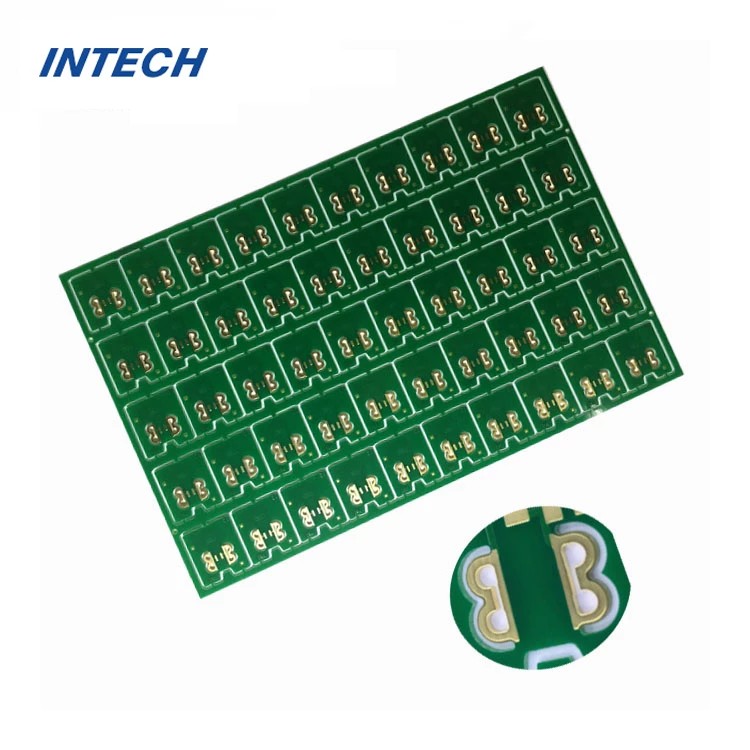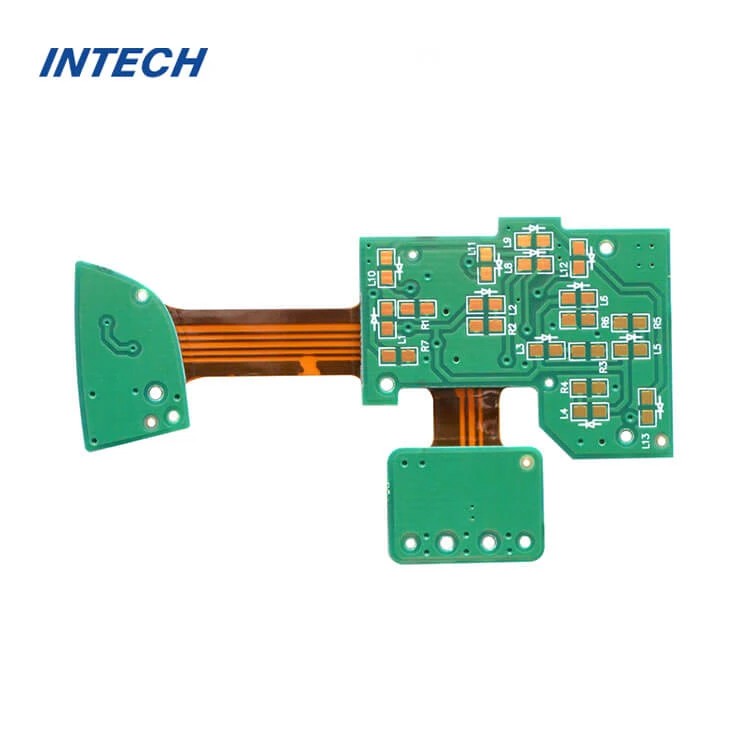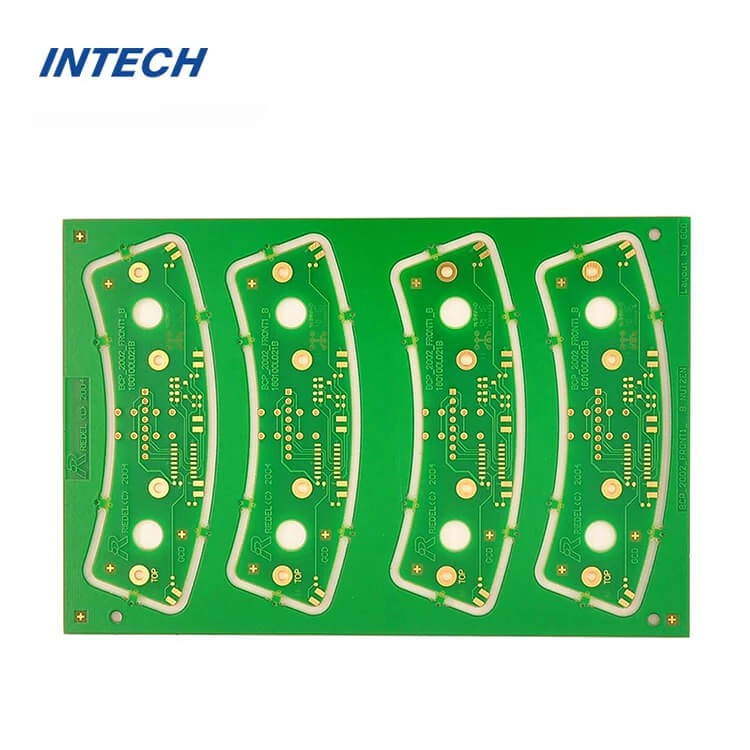Flexible vs. Rigid PCBs: Key Choices in Modern Electronics
Date:2024-10-30 11:57:11
In the world of modern electronics, traditional rigid PCBs have long been a go-to choice. However, with the rising demand for compact and high-performance designs, flexible PCBs have gained substantial traction. With their ability to bend, twist, and fold, flexible PCBs offer more design freedom and are quickly becoming a favorite among engineers and designers alike.
Manufacturing and Cost Analysis: Rigid vs. Flexible PCBs
Although the manufacturing processes for rigid and flexible PCBs are similar, they differ significantly in terms of materials and cost. Flexible PCBs are typically made from high-performance materials like polyimide, which can withstand challenging conditions. While the per-unit cost of flexible PCBs is higher, their ability to reduce the need for additional components (like connectors and harnesses) can often make them more cost-effective over the lifecycle of a project.

Key Differences Between Rigid and Flexible PCBs
1. Flexibility
Flexible PCBs can easily bend, twist, and fold, making them ideal for applications that demand dynamic movement or unique form factors. Rigid PCBs, on the other hand, are fixed in shape, which limits their application in devices with complex spatial requirements.
2. Connectivity
Flexible PCBs excel in achieving efficient connectivity among various electronic components, connectors, and user interfaces within a compact device layout. This reduces the number of connectors needed, streamlining the circuit design for smaller, more efficient builds.
3. Lightweight Design
The lightweight nature of flexible circuits contributes significantly to reducing the overall weight of electronic devices. This is a crucial advantage for portable applications such as smartwatches, wireless earbuds, and other compact devices.
4. Durability and Vibration Absorption
While rigid PCBs are typically thicker and more structurally robust, flexible PCBs are better equipped to absorb vibrations and shocks, making them ideal for applications in automotive electronics and industrial controls where reliability is paramount.
5. Heat and Chemical Resistance
Flexible PCBs boast impressive heat resistance and are well-suited for harsh environments, including those with high temperatures or corrosive chemicals, such as aerospace or industrial settings. Rigid PCBs, however, are more prone to damage under extreme thermal or chemical exposure.
6. Protective Coatings
Flexible PCBs use specialized flexible circuit overlays for protection, typically made with polyimide and adhesive laminates that safeguard the circuit from external damage. Rigid PCBs usually rely on solder masks, which are adequate for general applications.

When to Use Rigid PCBs vs. Flexible PCBs
Rigid PCBs are generally more cost-effective and ideal for high-volume applications in compact spaces, such as laptops, desktop computers, and household appliances. However, flexible PCBs are often the better choice for applications requiring frequent movement, high durability, or extreme environmental resistance. Here are some typical use cases:
- Rigid PCB Applications: Televisions, desktop computers, audio keyboards, and household electronics.
- Flexible PCB Applications: Smartphones, wearables, cameras, GPS devices, and medical devices.
Notably, flexible circuits are not limited to high-tech applications; they are increasingly used in simple applications, such as LED lighting, where easy installation and compact layout are advantageous.

Why Choose Flexible PCBs?
Flexible PCBs not only provide greater design freedom but also contribute to a lighter, more compact device with enhanced durability. In the fast-paced environment of modern electronics, flexible circuits allow for quicker design iterations and help manufacturers meet the growing demand for miniaturized and multi-angle installations.
At Intech PCB, we offer a comprehensive range of PCB solutions, including rigid, flexible, and rigid-flex PCBs, tailored to meet the diverse demands of various industries. We understand the importance of quality and reliability for every project, and we’re here to support your innovation with high-performance PCB products that give you a competitive edge.
